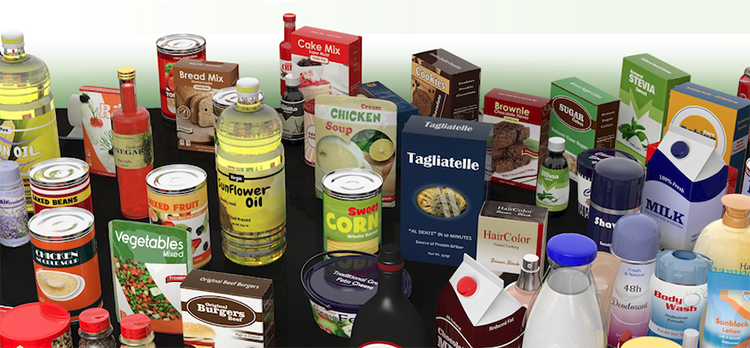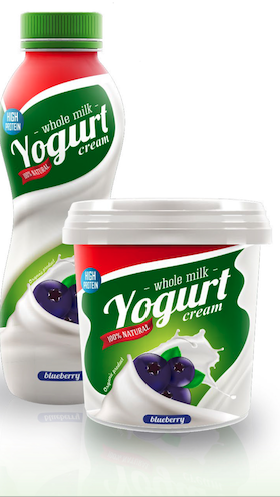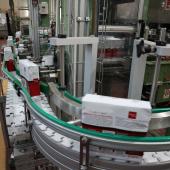Food Contact Materials: an evolving regulatory landscape

Sun Chemical’s quarterly Regulatory Newsletter is intended to provide an information update on important regulatory issues and developments of interest to those working in the printing inks, coatings and related products industry.

Sun Chemical’s Regulatory Newsletter is an initiative that goes beyond normal commercial communication, in that its aim is to share specific knowledge and expertise with users in a clear and transparent way, not least because, as Stefano Silli (Product Safety Coordinator Italy, Sun Chemical) points out:
«In the scenario in which we operate as global ink manufacturers, where scientific results and data play a fundamental role, it is also essential to have a detailed understanding of the regulatory context within which we operate. And the European Union is a solid point of reference in this regard».
Regulatory framework: revision or replacement?
As part of its ongoing review and revision of European Union (EU) food contact material (FCM) legislation, the European Commission held a public consultation on its Inception Impact Assessment (IIA) road map.
Two options are to be evaluated – either revise the current regulatory framework (with Regulation (EC) 1935/2004 as the cornerstone) or create a new regulatory framework to replace the current regulation.
The commission proposes that the regulation should:
- shift the focus onto the final food contact article rather than the starting substances;
- include a three-tier system to prioritize the most hazardous chemicals used in FCMs;
- use a generic assessment for tier one substances;
- incorporate “essential use” criteria into the assessment;
- develop an approach to support and guide business operators in their assessment of more benign (tier three) substances;
- streamline and consolidate enforcement with clear and consistent rules on
- data requirements and information transfer throughout the supply chain.

New measures for non-harmonized materials
The European Printing Ink Manufacturers’ trade association (EuPIA) and the Packaging Ink Joint Industry Task Force (PIJITF) are among 300 other organizations that provided feedback to the consultation, emphasizing that the priority should be on the timely development of further specific measures for non-harmonized materials, especially printed FCMs, and such specific measures should incorporate industry risk assessment for non-listed substances.
The European Commission’s Joint Research Centre (JRC) has expanded its genotoxicity and carcinogenicity database to include an additional 211 chemicals. Previously, the database contained only chemicals with positive results in the bacterial reverse mutation assay (also known as the Ames test), which is widely used to assess in vitro mutagenicity.
The added chemicals have negative results in these tests. In addition to the Ames results, the data also include results of complementary genotoxicity and carcinogenicity tests, where available.
Evaluation of genotoxicity is usually required for safety assessment of chemicals under EU legislation, including substances which migrate from food contact materials.




















